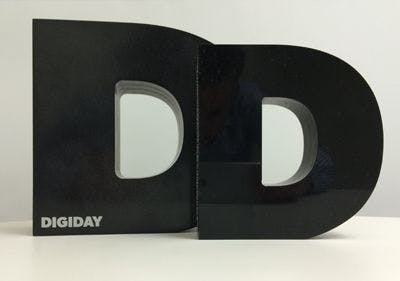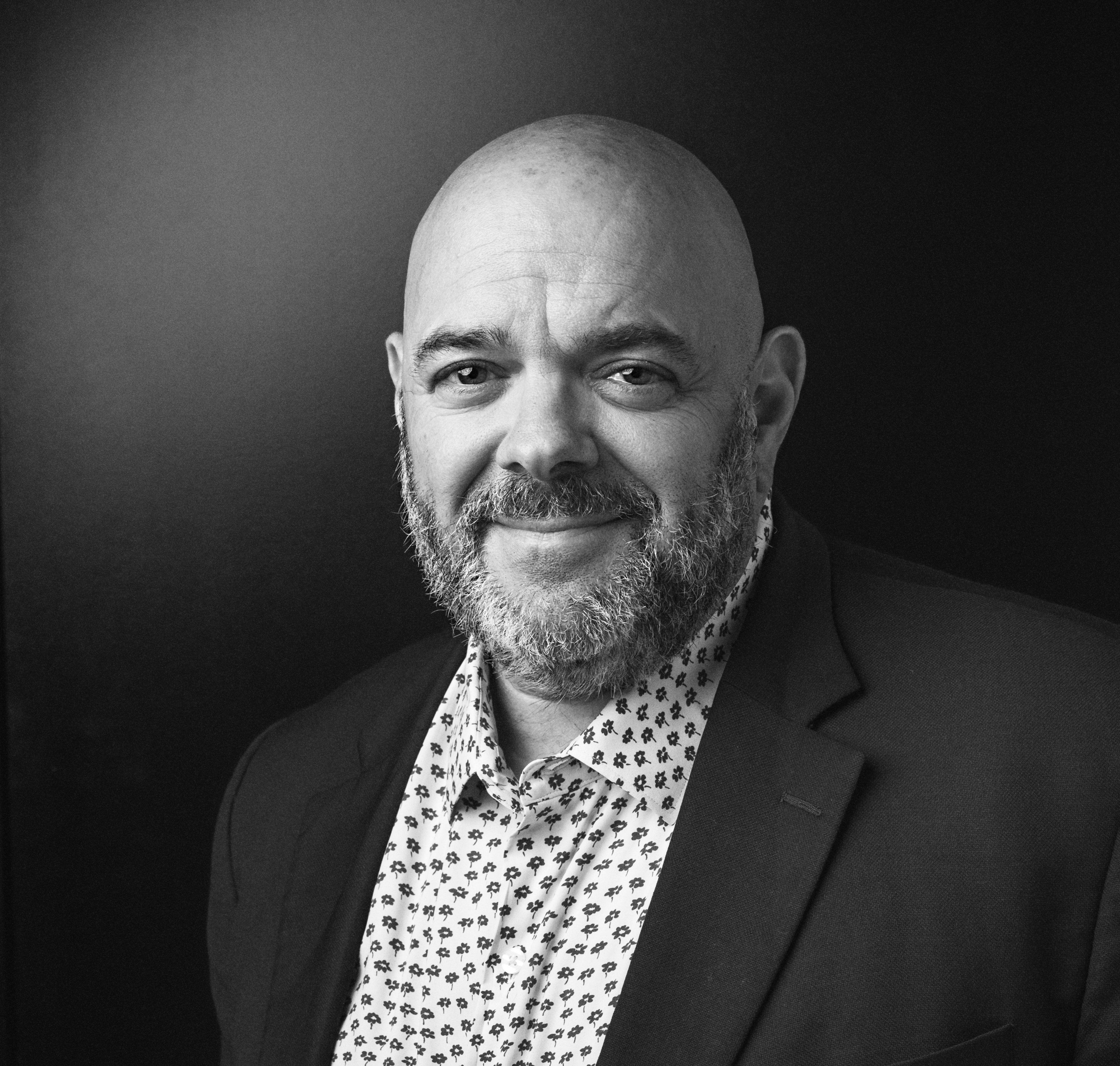Judging the Effie's

By Adam Kleinberg
I had good fortune to be a judge in the first round of the Effie Awards. The Effie's are all about how effective work was, so in my opinion, there's no award that means more in the industry.
It was a refreshing treat to take some and really give some deep thought to what makes great work great. It was also very interesting to see how other agencies articulated the effectiveness of their best work.
One of the four criteria judges were asked to rate the entries on was the goal of the work. The other criteria were the strategy, execution and results, which all made perfect sense—but as I started the voting I was unclear how I'd rank an objective. Then I started reading entries.
Most of the entrants described their goals from the point of view of their clients' business. We had to raise awareness. Drive sales leading up to the holiday. Increase website traffic by 10%.
But a few entries—by far the best entries I scored—described their goals differently. They positioned their goals from a consumer point of view. The customer believed X and we needed to get them to feel Y in order to get them to do Z.
Without fail, the work that was described in these terms was the smartest, most innovative, and most effective work I saw. They knew what problem they really had to solve.
Thursday was another busy day. I was honored when my friend Bill Pearce asked me to guest lecture for his MBA students at the Haas School of Business at UC Berkeley. To say Bill has had an impressive career is an understatement. He's currently the Executive Chairman of Rich Relevance , and has been the CMO of both Del Monte and Taco Bell, the VP of Marketing at Cambell's, and spent 11 years as a Marketing Director at a small company called Procter & Gamble.
So, when I say I was honored that he asked me to help shape these young minds... well, I really mean it.
I presented a case study of work Traction did for our client Lenovo for their IT customers. When they hired us, all of the content they had produced was aimed at the bottom of their funnel—and 87% of their database was inactive. Of course it was. This was like asking someone to marry you on the first date. Lenovo had to first engage customers and prospects and start a relationship if they wanted to go steady later on.
Knowing this was the problem they had to solve, led our client to hire an agency with expertise in engaging customers (which happens to be what we do very well). And it allowed us to create great content which lifted Lenovo's engagement rates by 400%.
After class, Bill and I got to talking about this notion of the right goals. He told me that when he was a CMO and his team came to him asking for budget, he always told them that no requests would be approved until they could answer one question:
What consumer behavior, belief or perception are you going to change?
Too often in this business, we are so focused on measurement that we forget what advertising is all about. Particularly with the advent of digital, we measure what's easy to measure instead of what's right to measure. We define our accountability with countability.
People have more choices today than they ever have before. Literally, at their fingertips. Too many marketers get so caught up in CTRs and CPAs and GRPs and a litany of other KPIs that they forget: there are humans out there on the other side of your tracking pixels. It's the experience you provide to those people that matters.
If brands want to achieve truly meaningful results, they need to make sure they first understand what problem it is that they are solving. Do that first, and the KPIs will follow.
Do you know what problem you need to solve for?

Traction received two shiny trophies this past week, both finalists for the 2015 Digiday Video Awards.
Adam Kleinberg, Traction’s CEO, was featured in AdExchanger this week. "Some have described engagement as a "red herring" because there isn't any "solid proof that engagement drives brand love."

Traction's campaign for Lenovo has been getting noticed.
